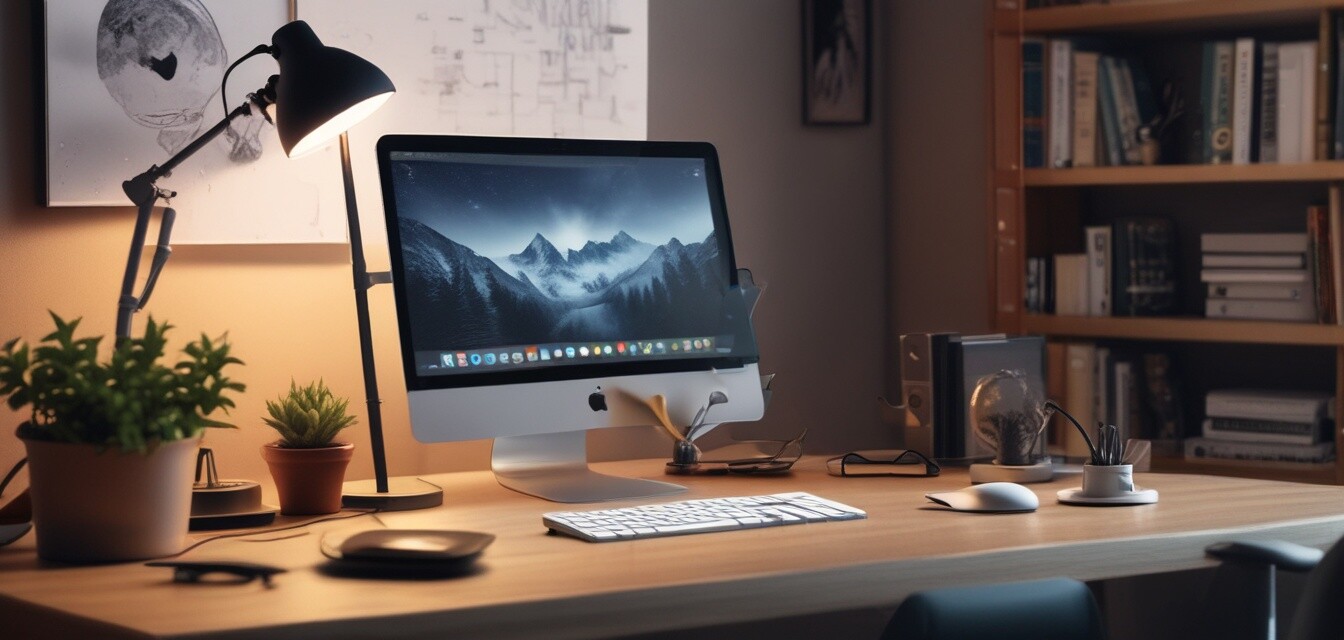
The Impact of Digital Nomad Culture on Home Offices
Key Takeaways
- The rise of digital nomadism is reshaping home office designs to accommodate a mobile lifestyle.
- Flexibility in workspaces is becoming more important as remote work gains popularity.
- Ergonomic and multi-functional furniture is essential to enhance productivity and comfort.
- Technology plays a pivotal role in facilitating seamless remote work experiences.
In recent years, the digital nomad culture has emerged as a powerful force driving changes in the way we view home office setups. Digital nomads, individuals who leverage technology to work remotely while traveling or living in multiple locations, are redefining traditional workspaces. This article explores how the rise of this culture is influencing home office designs and the flexibility needed for remote work.
The Rise of Digital Nomadism
The digital nomad lifestyle is characterized by a unique blend of work and travel. With the ever-increasing availability of high-speed internet and powerful mobile devices, individuals are no longer tied to a specific location. This new freedom allows them to create home offices that cater to their personal tastes and work requirements.
What drives the digital nomad culture?
- Technological advancements enabling remote work
- A desire for work-life balance and improved quality of life
- The ability to explore new cultures and environments
- Social media showcasing the potential of remote work lifestyles
Impact on Home Office Designs
As more people embrace the digital nomad lifestyle, home offices are evolving to reflect this trend. Here are some key design elements that are becoming increasingly popular:
| Design Element | Description |
|---|---|
| Flexible Furniture | Multi-functional desks and chairs that can be easily reconfigured for different work styles. |
| Portable Accessories | Tech gadgets like compact docking stations that enable convenient setups at various locations. |
| Natural Lighting | Incorporating larger windows or desk placements near light sources to improve productivity. |
| Aesthetic Appeal | Stylish decor and personal touches that create an inviting and motivating workspace. |
According to our recent research, 70% of remote workers prioritize a comfortable and inspiring workspace. The digital nomad culture is at the forefront of this shift, driving demand for ergonomically designed products. For insights on ergonomic accessories, you might want to check out our guide on ergonomic accessories.
Flexibility in Remote Work
Flexibility enhances productivity in the remote work environment. Digital nomads often require adjustable work hours and locations, leading to a growing emphasis on adaptable workspaces. Companies are recognizing the importance of offering flexibility in their policies, which in turn encourages employees to design their own ideal work environments.
Trends shaping flexible office setups
- Co-working spaces for collaboration and networking
- Customized home workstations that cater to personal preferences
- The rise of the "digital nomad" mindset in corporate cultures
- Integration of natural elements in design to promote well-being
Technology and Remote Work
Technology continues to play a critical role in the evolution of home offices influenced by digital nomadism. The following technologies facilitate seamless working experiences:
| Technology Solution | Benefit |
|---|---|
| Cloud Computing | Access to files and applications from anywhere with an internet connection. |
| High-Speed Internet | Reliable connectivity is essential for video calls, streaming, and collaboration tools. |
| Collaboration Tools | Platforms that allow teams to work together no matter their physical location. |
| Portable Tech Gadgets | Devices that enhance mobility, such as lightweight laptops and portable monitors. |
With remote work becoming the norm, technology solutions are adapting to fit the needs of digital nomads. To explore more on devices enhancing your work experience, visit our section on computer peripherals.
Conclusion
The impact of digital nomad culture on home offices is transforming our understanding of workspaces. As more individuals embrace remote work, the emphasis on flexibility, comfort, and technological innovation will continue to shape how we design and equip our home office spaces. By integrating these elements, remote workers can thrive in a setup that reflects their lifestyle—whether it is from their home, a coffee shop, or while traveling the world.
Pros
- Enhanced flexibility in work environment
- Encourages creativity and personalization
- Promotes a better work-life balance
- Access to a global community of remote workers
Cons
- Can lead to feelings of isolation
- Requires self-discipline to maintain productivity
- Initial investments may be needed for setup
- Staying connected can be challenging in certain locations
By staying informed about the latest trends and innovations in home office setups, you can position yourself to take full advantage of the evolving landscape of remote work. To stay updated, check our News and Trends blog category for more articles.